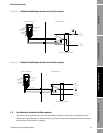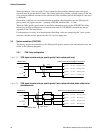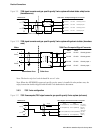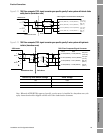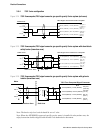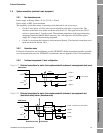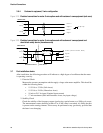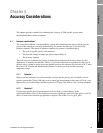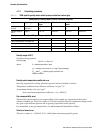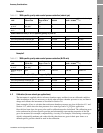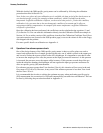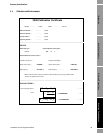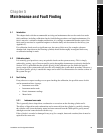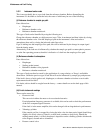
Installation and Configuration Manual 29
Installation Procedure Accuracy ConsiderationsElectrical ConnectionsIntroduction
Chapter 4
Accuracy Considerations
This chapter provides a method for estimating the accuracy of 3098 specific gravity meter
measurements under various conditions.
4.1 Accuracy considerations
The ‘controlled condition’ which establishes a direct relationship between density and the specific
gravity of the sample gas is mainly determined by the pressure and the type of gas used in the
reference chamber. The choice of reference chamber gas pressure is dependent upon:
• The span of specific gravity to be measured
• The expected change in sample gas supercompressibility, Z
• The accuracy required
The exact choice in reference gas pressure is made after considering all the error sources for that
application. To simplify the selection, Table 4-1 is provided which can be reproduced by the user. In
general, unless a pump is used to boost the pipeline pressure, the reference gas pressure at 20 °C must
be at least 10% less than the minimum line pressure, to ensure gas flow over the operating
temperature range.
4.1.1 Example 1
When a gas has a relatively low and reasonably constant specific gravity, and is available at a line
pressure greater than 7 Barg (100 psig) such as natural gas measurement in the range 0.55–0.8, a very
high accuracy is possible using a reference pressure of 7 Barg. (See Table 4-2 for a worked example).
4.1.2 Example 2
If large range specific gravity measurements are to be made, or where changes in the
supercompressibility factor of the sample gases become significant, (such as in flare gases or air/CO
2
mixes), a much lower reference gas pressure is required. (See Table 4-3 for N
2
/CO
2
mix).



